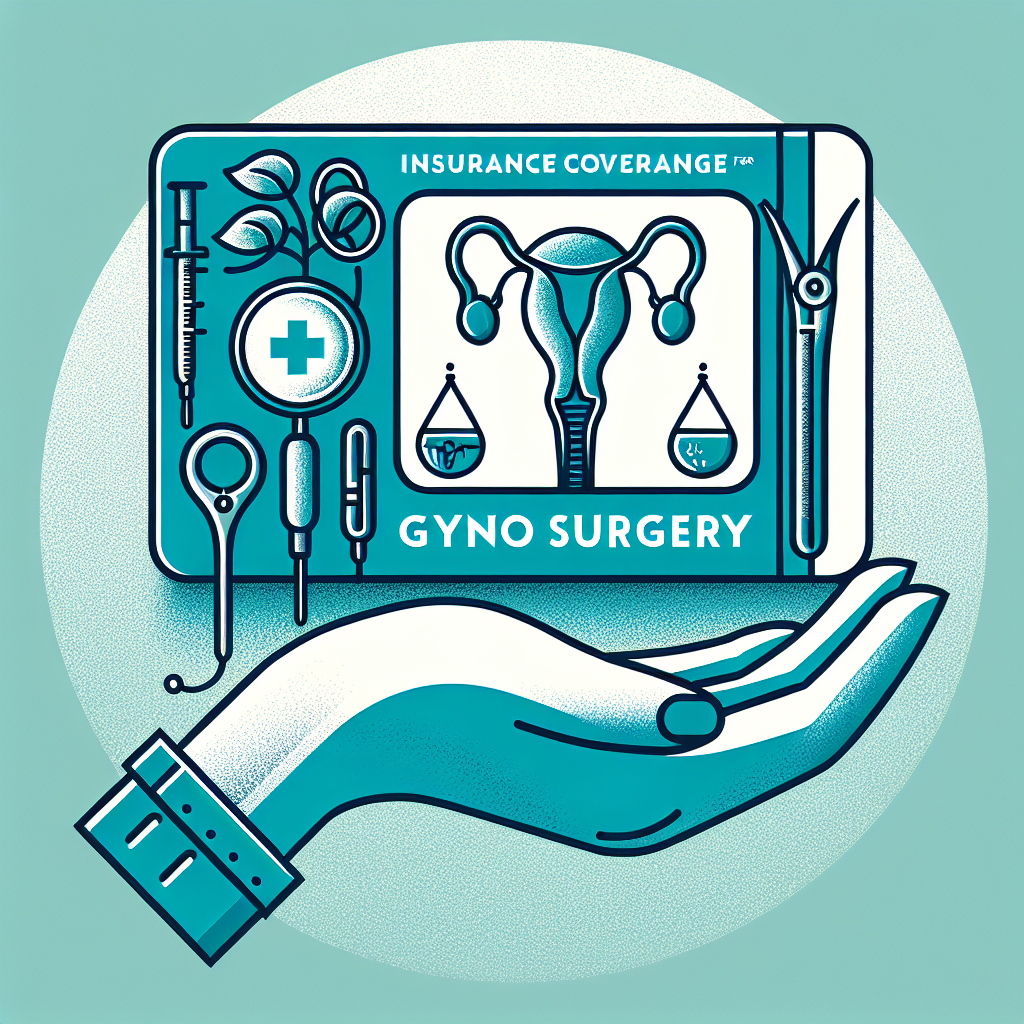Filed under Health Insurance on
3.03 Health & Life Insurance Quiz: Ace Your Knowledge

In a world where uncertainties are ever-present, understanding health and life insurance can offer peace of mind and financial security. Whether you're just exploring insurance options or considering adding more coverage, this "3.03 Health & Life Insurance Quiz: Ace Your Knowledge" article is designed to sharpen your acumen. Navigating the intricate world of insurance can often be daunting; however, by unraveling these complexities, you can make informed decisions that can safeguard your future.
Understanding Health Insurance
Health insurance serves as a crucial safety net, protecting individuals from the financial burdens associated with medical care. Key elements include policy types, costs, and covered services.
Types of Health Insurance Plans
- Health Maintenance Organization (HMO): Offers coverage through a network of physicians and is generally the most affordable option, although it requires primary care physician referrals for specialist visits.
- Preferred Provider Organization (PPO): Provides more flexibility in choosing healthcare providers and does not typically require referrals, although out-of-network care can result in higher costs.
- Exclusive Provider Organization (EPO): Combines elements of HMOs and PPOs but does not cover out-of-network care except in emergencies.
- Point of Service (POS): Requires referrals for specialists but offers partial coverage for out-of-network services.
Choosing the right plan depends on individual healthcare needs, budget, and the flexibility desired in accessing care providers.
Understanding Health Insurance Costs
Health insurance costs are usually broken down into premiums, deductibles, copayments, and coinsurance. Understanding these financial obligations can alleviate future financial pressures, allowing for better budget planning:
- Premiums: Regular monthly payments made to maintain the insurance policy. Lower premiums usually mean higher out-of-pocket costs and vice-versa.
- Deductibles: The amount one must pay out-of-pocket annually before insurance kicks in. Higher deductibles often result in lower premiums.
- Copayments and Coinsurance: Required contributions for individual services, such as doctor visits or prescriptions. Copayments are fixed amounts, while coinsurance is a percentage of the cost.
Understanding these terms empowers individuals to choose plans that align with their financial and health needs, ensuring that they only pay for what they will actually use.
Diving into Life Insurance
Life insurance serves as a robust financial foundation for dependents after the policyholder's passing, making it essential for those seeking to provide long-term security.
Types of Life Insurance Policies
- Term Life Insurance: Provides coverage for a specific timeframe. It's the most straightforward option, perfect for those seeking temporary coverage, such as until a mortgage is paid off. It does not accumulate cash value.
- Whole Life Insurance: Offers lifelong coverage and includes an investment component known as cash value. Such policies generally come with higher premiums but offer stable, lifetime coverage.
- Universal Life Insurance: A flexible option that allows policyholders to adjust premiums and coverage amounts. Cash value growth is based on market conditions, adding an investment variable to the policy.
- Variable Life Insurance: Involves a higher level of risk, as it allows policyholders to invest their cash value in different sub-accounts, such as stocks or bonds, influencing the death benefit and cash value.
Selecting a life insurance policy involves weighing the benefits of coverage duration, cash value potential, and overall flexibility, allowing individuals to find a policy best suited to their wishes and financial goals.
Why You Need Life Insurance
The primary objective of life insurance is to provide financial support to your family after your demise. Reasons for acquiring life insurance include:
- Income Replacement: Provides funds to cover the policyholder's income if they are a key financial provider, ensuring that daily expenses and long-term financial goals remain attainable for dependents.
- Debt and Expenses Coverage: Ensures notable debts, such as a mortgage or car loan, are settled, so surviving family members aren’t burdened with financial liabilities.
- Inheritance: Enables policyholders to leave a financial legacy, even if other assets are limited, by designating beneficiaries.
- Funeral Expenses: Covers end-of-life costs, which can relieve families from financial stress during a difficult time.
Understanding these key aspects of life insurance allows individuals to choose policies that appropriately provide for their loved ones' future financial security.
Key Trends in Health and Life Insurance
The insurance landscape is constantly evolving, with trends that influence consumer decisions. Staying informed enables smarter, future-proof investments.
The Rise of Digital Insurance Platforms
Online platforms have transformed how consumers interact with insurers. These tools offer a seamless onboarding experience, providing pre-purchase education and comparison tools that simplify the selection process.
- Enhanced Communication: Digital channels allow for personalized communication strategies, helping insurers engage meaningfully with customers.
- Data-Driven Decision Making: As insurers harness big data, they offer increasingly tailored solutions that meet specific consumer needs.
This shift toward digitalization aids consumers in making informed, comfortable decisions regarding their insurance needs.
Increased Focus on Wellness Programs
Insurance providers are increasingly incentivizing wellness activities, integrating health and wellness initiatives within their offerings.
- Preventive Health Benefits: Insurers offer rewards or lower premiums to policyholders who participate in wellness programs, promoting healthier lifestyles and reducing claims.
- Technology-Driven Health Monitoring: Wearables and mobile apps enable real-time health monitoring, incentivizing consumers to maintain health, thus influencing premium costs favorably.
These wellness trends benefit both insurers and consumers by aligning health improvements with financial incentives.
Ace Your Insurance Knowledge
To truly master your understanding of health and life insurance, consider the following points when assessing quiz questions or real-world insurance decisions:
- Determine your individual or family needs accurately by accounting for health history, financial objectives, and potential risks.
- Evaluate insurance policy features and compare them thoroughly to identify suitable options for specific personal circumstances.
- Stay updated on insurance industry trends and advancements to ensure selections remain relevant and advantageous over time.
- Engage with insurance experts where necessary to clarify doubts and validate your understanding of complex policy aspects.
A robust understanding of health and life insurance empowers individuals to make informed decisions that effectively balance financial stability with risk management, leading to better peace of mind.
Concluding Thoughts
The "3.03 Health & Life Insurance Quiz: Ace Your Knowledge" challenge reflects a meaningful step toward mastering the nuanced world of insurance. A well-rounded grasp of both health and life insurance not only secures financial well-being but also elevates overall peace of mind. Becoming an informed policyholder ensures that personal or family needs are adequately met, while fostering confidence in any insurance-related decision-making.
Stay proactive in pursuing knowledge and asking the right questions. With the right strategies, anyone can skillfully navigate the complexities of the insurance landscape, squeezing the maximum value out of their investment and securing their financial future.





